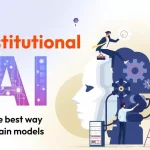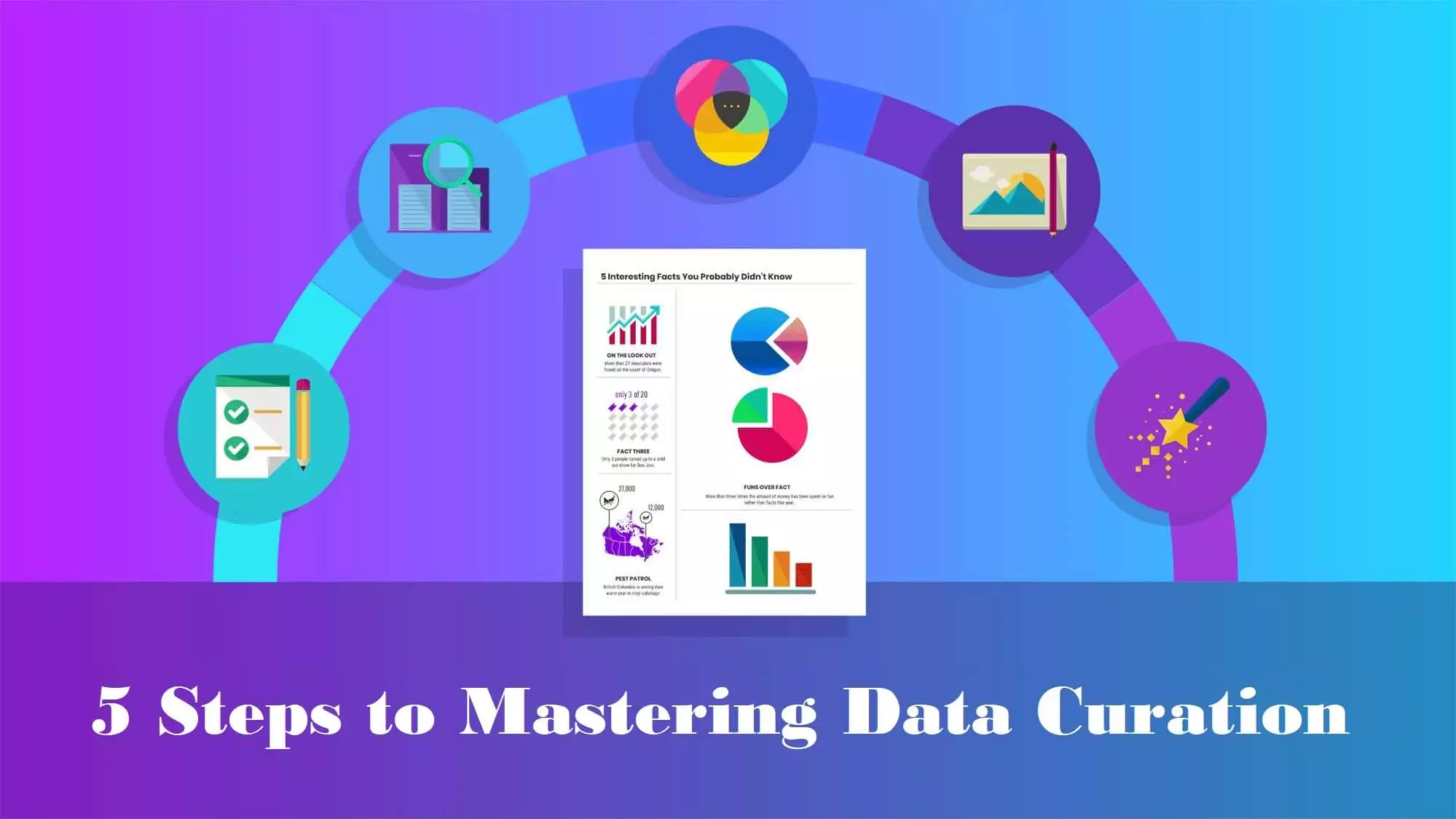As artificial intelligence and machine learning models take on an increasingly important role in our lives, from automated decision making to personalized recommendations, there is a growing need to make these “black box” algorithms more transparent and understandable.
This concept of developing explainable artificial intelligence, or XAI, aims to open the hood on these complex systems and shed light on how and why they arrive at certain outcomes. With so many high-stakes decisions now being made or influenced by AI, having a way to explain the reasoning behind a model’s predictions is crucial for establishing trustworthiness, accountability, and fairness.

Content
Challenges of Interpreting Complex Models
One of the main challenges in developing explainable AI is that many modern machine learning techniques, like deep neural networks, can be extremely difficult for humans to interpret. With millions of parameters interacting in nonlinear ways, it is nearly impossible for people to trace the exact reasoning behind a specific prediction.
Researchers have found that even simple neural nets trained on relatively straightforward image classification tasks can be impossible for people to intuitively understand. The more complex the model and data, the murkier the inner workings become.
Post-Hoc Explanation Methods
To address this, many researchers are exploring post-hoc explanation methods that can analyze a pre-trained black box model and generate explanations on demand. One popular approach is called LIME, which stands for Local Interpretable Model-agnostic Explanations. LIME works by approximating any classifier with an interpretable model and explaining the behavior of the original model by highlighting features that were most important for a particular prediction.
Other post-hoc techniques include occlusion sensitivity analysis, which systematically masks out parts of input data like pixels in an image to see the effect on model confidence, and SHAP (SHapley Additive exPlanations) values, which assign importance scores to features based on game theory.
Intrinsically Interpretable Models
Another avenue of research focuses on developing machine learning models that are intrinsically interpretable from the start. For example, decision trees are inherently transparent since you can simply follow the branching logic to understand a prediction.
Rule-based models like falling rule lists also provide clear if-then reasoning. Linear and logistic regression models are also more interpretable than complex neural networks since you can directly examine the weights assigned to different input features. Researchers are exploring constrained optimization techniques and model architectures that aim to balance predictive performance and interpretability.
Opening the Black Box with XAI Tools
A number of companies and open-source projects are now developing general-purpose tools and libraries to help apply various XAI techniques on different types of machine learning models. Microsoft and Anthropic have created InterpretML, an open-source library that supports LIME, SHAP, and other explanation methods.
IBM has its What-If Tool for visualizing feature importance and counterfactual explanations on deep learning models. And Anthropic’s Constitutional AI techniques aim to align language models with constitutional values like fairness and transparency through self-supervised training. Tools like these aim to democratize explainable AI and help non-experts better understand complex algorithms.
Making Progress but More Work Needed
While the field of explainable AI has made significant advances in recent years, developing truly interpretable systems, especially for high-dimensional data, remains an ongoing challenge. Most techniques also only provide local or approximated explanations rather than a full global understanding. Additionally, evaluating the quality, accuracy, and usefulness of different explanation methods is still an open problem requiring more user studies.
Overall, the drive to develop transparent and accountable AI will continue as these systems take on increasingly consequential roles in our lives and societies. Explainable artificial intelligence aims to ensure these algorithms serve human values and priorities.
FAQs
What are some examples of real-world applications that could benefit from Explainable AI?
Autonomous vehicles, medical diagnosis, credit scoring, recruitment, and any other system involving high-stakes decisions about people. Having the ability to explain model recommendations could help address issues like bias, unfairness or lack of transparency.
What are some limitations of current Explainable AI techniques?
Most techniques only provide local or approximated explanations rather than a full global understanding of a model. Additionally, different explanation methods may provide conflicting insights, and it’s difficult to evaluate which is most accurate. Interpretability also often comes at the cost of predictive performance. More work is needed to balance these tradeoffs.

George is a wonderful person. He is very nice and always willing to help out! He loves his job because it lets him share interesting things with people who want to know about new developments in the world of technology.





